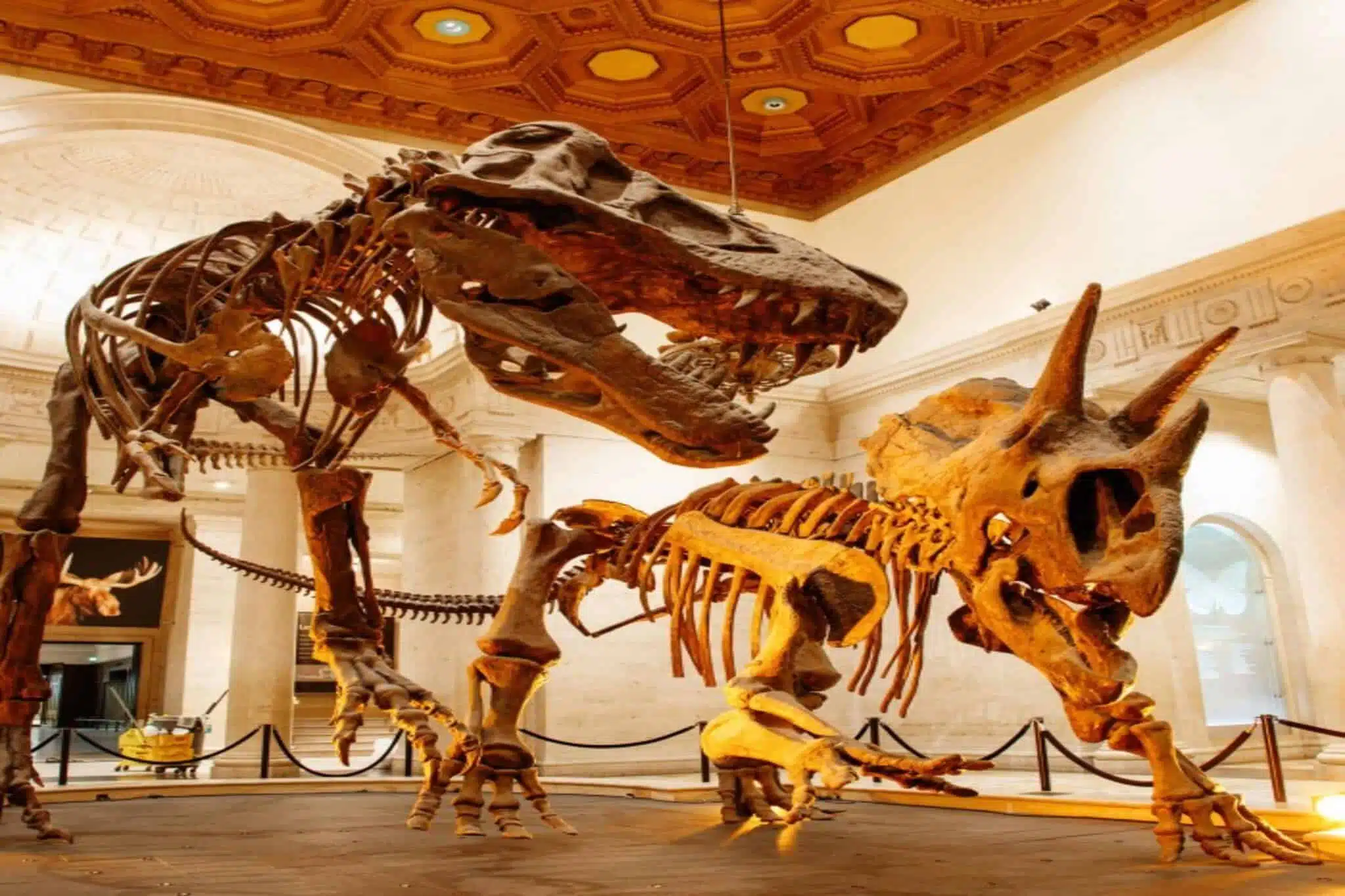The Future Of Air Travel: Virtual Reality, In-Fight Gyms, And More
The COVID-19 pandemic has had a significant impact on the air travel industry. Travel restrictions, quarantine requirements, and fears of infection have caused a significant decrease in the number of people traveling by air. However, as the pandemic continues to subside, and more people receive vaccines, there is a growing sense that air travel will rebound in the coming years. With that rebound, there are new and exciting developments in the industry that will shape the future of air travel. In this article, we’ll explore some of these developments, including virtual reality, in-flight gyms, and more.
One of the most exciting developments in the air travel industry is the use of virtual reality technology. Virtual reality (VR) allows passengers to experience a simulated environment that is designed to look and feel like the real thing. For example, passengers could use VR headsets to explore their destination before they even arrive. They could take virtual tours of museums, landmarks, and other attractions to get a better sense of what to expect when they arrive. In-flight entertainment systems could also be enhanced with VR technology. Instead of simply watching movies or playing games on a small screen, passengers could use VR headsets to immerse themselves in a virtual world. They could watch movies in a virtual theater, play games that are designed to take advantage of the technology, or even take part in virtual reality social experiences. Virtual reality could also be used to improve the comfort of passengers during long flights. For example, VR headsets could be used to create a calming environment that helps passengers relax and sleep. They could also be used to provide a distraction from the discomfort of air travel, such as turbulence or cramped seating.
Another development that could shape the future of air travel is the introduction of in-flight gyms. Many people are concerned about the health risks associated with air travel, such as blood clots, deep vein thrombosis, and muscle fatigue. In-flight gyms could help to mitigate some of these risks by allowing passengers to exercise during the flight.
In-flight gyms could include a range of equipment, such as treadmills, exercise bikes, and weightlifting machines. They could also offer classes, such as yoga, Pilates, or aerobics. These classes could be led by certified instructors, who could help passengers get the most out of their workout. In addition to improving passenger health, in-flight gyms could also be a source of revenue for airlines. They could charge a fee for gym access, similar to how they charge for access to the lounge or Wi-Fi. This could help to offset some of the costs associated with running an airline and provide passengers with a unique and enjoyable experience.
Another important trend in the air travel industry is the focus on eco-friendly aircraft. As concerns about climate change continue to grow, many airlines are looking for ways to reduce their environmental impact. One of the ways they are doing this is by investing in more fuel-efficient aircraft. Newer planes, such as the Boeing 787 and the Airbus A350, are designed to use less fuel than older models. This not only reduces emissions but also lowers the cost of operating the aircraft. Some airlines are also experimenting with alternative fuels, such as biofuels, that are made from sustainable sources. These fuels have the potential to significantly reduce emissions and could play an important role in the future of air travel. Other eco-friendly initiatives include reducing waste on flights, recycling materials, and using more sustainable products, such as bamboo or recycled plastic.
Finally, autonomous flight is another development that could shape the future of air travel. Autonomous flight refers to planes that are able to fly themselves, without the need for a human pilot. While this technology is still in the early stages of development, there is a growing interest in the potential benefits of autonomous flight. One of the main benefits of autonomous flight is safety. While air travel is already considered one of the safest forms of transportation, autonomous flight could further reduce the risk of human error. Autonomous planes could be programmed to make decisions based on a range of factors, including weather conditions, air traffic, and other variables. This could help to reduce the risk of accidents caused by pilot error or other human factors. Another potential benefit of autonomous flight is efficiency. By eliminating the need for a human pilot, planes could potentially fly more efficiently, reducing fuel consumption and emissions. Autonomous planes could also be programmed to optimize routes and reduce flight times, which could help to make air travel faster and more convenient. However, there are also concerns about the potential drawbacks of autonomous flight. For example, some people worry about the loss of jobs for pilots and other aviation professionals. There are also concerns about the potential for cyber attacks or other security risks associated with autonomous technology.
The future of air travel is likely to be shaped by a range of exciting new developments, including virtual reality, in-flight gyms, eco-friendly aircraft, and autonomous flight. While some of these developments are still in the early stages of development, they have the potential to significantly improve the passenger experience and reduce the environmental impact of air travel. However, it’s important to recognize that these developments are not without their challenges and potential drawbacks. As the air travel industry continues to evolve, it will be important to carefully consider the potential benefits and risks of new technologies and innovations.

“You don’t start out writing good stuff. You start out writing crap and thinking it’s good stuff, and then gradually you get better at it.
That’s why I say one of the most valuable traits is persistence.” SIBCA AWAN







